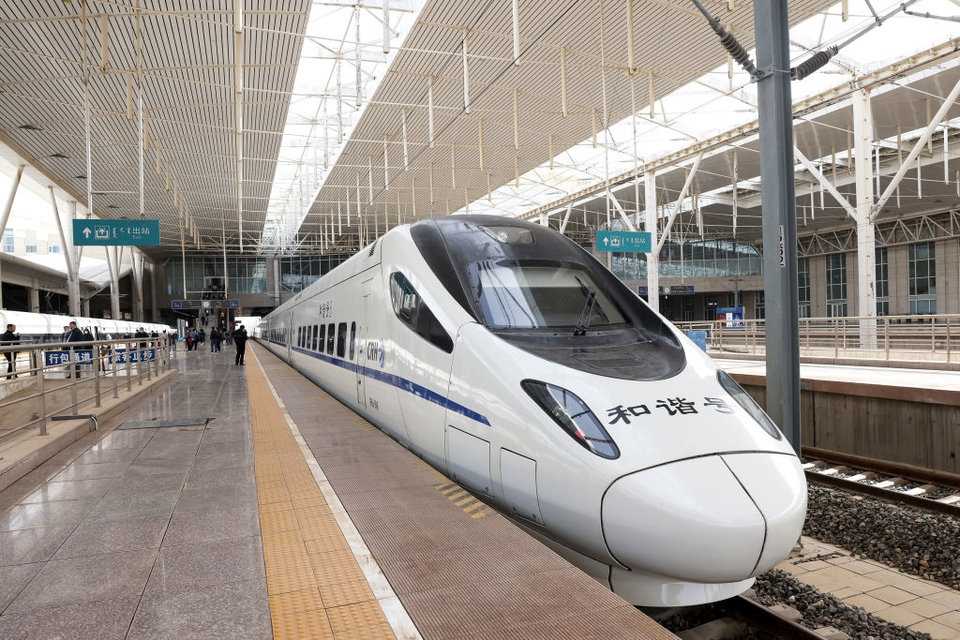Navigating Milan’s High-Speed Train Network
Milan, a bustling metropolis in northern Italy, is not only a hub for fashion and design but also a key player in the country’s transportation network. The city’s high-speed train system is a marvel of modern engineering, offering quick and efficient travel to various destinations across Italy and beyond. Whether you’re a tourist eager to explore the Italian countryside or a business traveler on a tight schedule, understanding how to navigate Milan’s high-speed train network can make your journey smoother and more enjoyable.
Understanding the High-Speed Train Options
Milan’s high-speed train network is primarily served by two major operators: Trenitalia and Italo. Trenitalia, the national railway company, operates the Frecciarossa trains, which are known for their speed and comfort. These trains connect Milan to major cities like Rome, Florence, Venice, and Naples. Italo, a private operator, also offers high-speed services with its modern fleet, providing an alternative to Trenitalia with competitive pricing and similar routes.
When planning your journey, it’s essential to compare the schedules and prices of both operators. Tickets can be purchased online through their respective websites or at the train stations. Booking in advance often results in significant savings, especially during peak travel seasons. Both operators offer different classes of service, ranging from standard to premium, allowing you to choose based on your budget and comfort preferences.
Navigating Milan’s Train Stations
Milan is home to several train stations, but the most important for high-speed travel is Milano Centrale. This grand station is not only an architectural gem but also a major hub for both domestic and international trains. Located in the heart of the city, Milano Centrale is well-connected by public transport, making it easy to reach from various parts of Milan.
When you arrive at Milano Centrale, it’s crucial to check the departure boards for your train’s platform number, as these can change frequently. Allow yourself plenty of time to navigate the station, especially if it’s your first visit. The station is equipped with numerous amenities, including shops, restaurants, and luggage storage facilities, which can be handy if you have time to spare before your train departs.
In addition to Milano Centrale, other stations like Porta Garibaldi and Rogoredo also serve high-speed trains, particularly for routes heading towards the north and south of Italy. Be sure to verify your departure station when booking your ticket to avoid any last-minute confusion.
Tips for a Smooth Journey
To ensure a hassle-free experience on Milan’s high-speed trains, consider the following tips:
- Arrive Early: Aim to arrive at the station at least 30 minutes before your train’s departure. This gives you ample time to find your platform and settle in without rushing.
- Validate Your Ticket: Although most high-speed train tickets are electronic and do not require validation, it’s always good to double-check. If you have a paper ticket, look for the yellow validation machines before boarding.
- Pack Light: While there is space for luggage on the trains, packing light can make your journey more comfortable, especially if you need to navigate busy stations.
- Stay Informed: Keep an eye on the train’s information screens and listen for announcements, especially if you’re traveling during peak times when changes can occur.
- Enjoy the Ride: High-speed trains in Italy offer a comfortable and scenic way to travel. Take advantage of the onboard amenities, such as Wi-Fi and dining services, to make your journey more enjoyable.
Milan’s high-speed train network is a convenient and efficient way to explore Italy and beyond. By understanding the options available and planning your journey carefully, you can make the most of your time in this vibrant city and enjoy the many destinations accessible by train.
